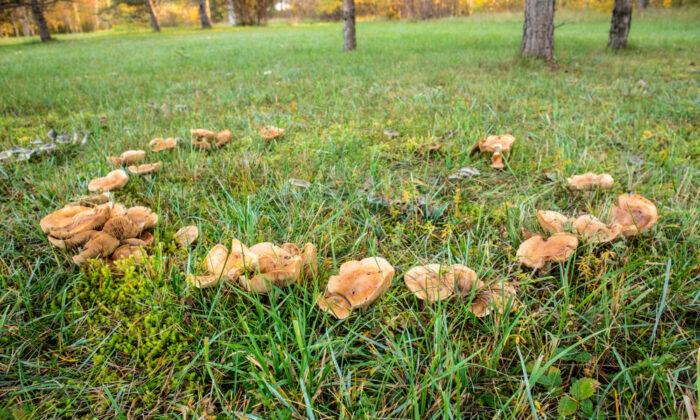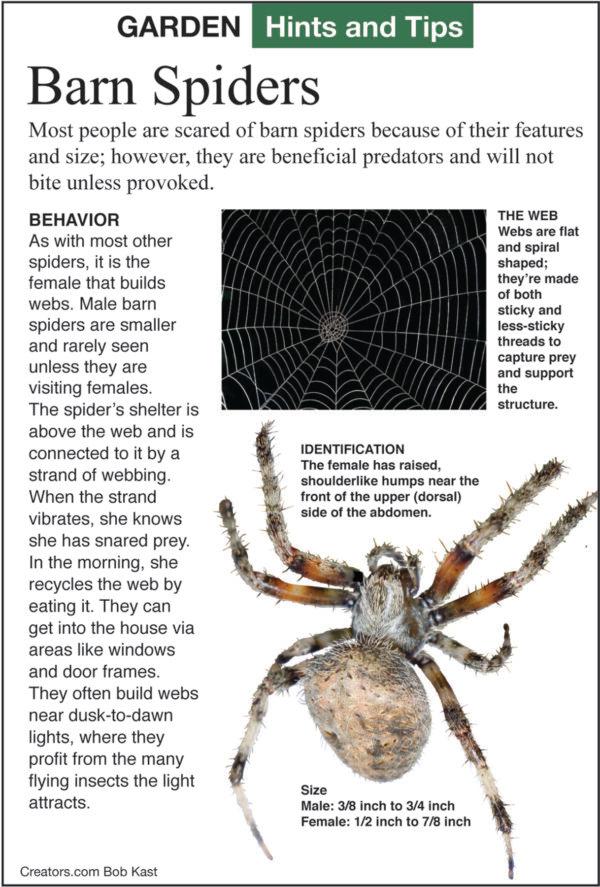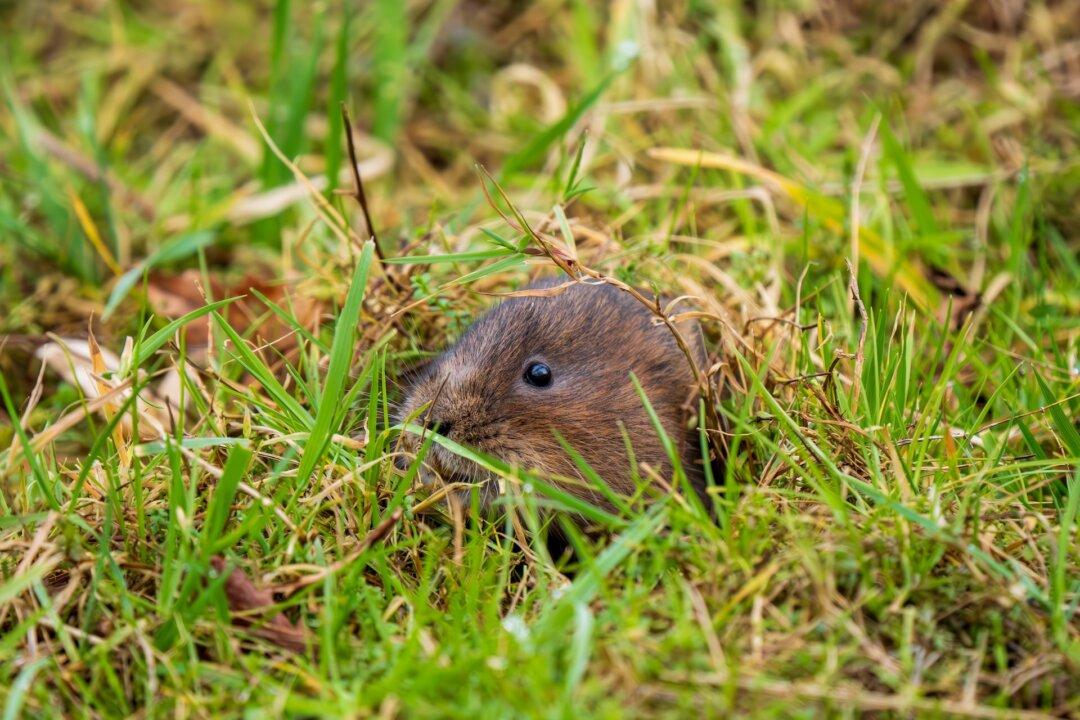Q: A circle of mushrooms suddenly appeared in my lawn, which has never happened before. The mushrooms are about six inches tall and almost orange in color. How do I get rid of them, and are they harming the grass?
A: Your lawn has a fairy ring, also known as an elf ring or pixie ring. It was once believed that one of these creatures danced in a circle and thereby created this ring in the grass or in the woods. There is a lot of folklore related to these rings.
They are caused by underground fungi growing in the top few inches of soil in woodlands or grasslands. Usually, they are first noticed when mushrooms sprout up all around the circle. There are around 60 species of mushrooms that grow in this fairy ring pattern.
They start out in one spot, sometimes where a tree died and the fungus started in the soil around the trunk; other times, there is no obvious reason for their beginning. The more uniform the soil, the more likely the ring will stay in a circle. You will also see half-circles and arcs. In woodland areas, the fairy circle fungi may be attached to tree roots. In lawn areas, the fungi may damage or kill grass roots. In that case, the circle may have dead grass in the center. In other instances, the fungi are breaking down organic matter into nutrients that grass roots can use, making the circle most noticeable for its lush green grass. Sometimes, you will see both a dead grass circle and a lush green grass circle. The fungus grows outward, from a few inches to a few feet per year. The rings can become hundreds of feet across. The ring may break apart and new rings may overlap older rings.
There are no natural controls for stopping or removing fairy rings. They may be noticeable for a few weeks and reappear whenever the conditions are good for mushroom growth, or they may skip many years before reappearing. The best treatment is to take good care of the lawn. Fertilize, water, and mow in the proper amounts and intervals.
Fungicides for killing lawn diseases may have some effect, if you want to try them.
Q: Our yard seems to be spider central this year. I understand they eat insects and are beneficial, but why are there so many this year? The worst ones are the big brown ones that spin a huge two-foot-wide web on the strings of lights over the patio. They stretch from the lights down to chairs and I am constantly walking into them.
A: I have a hard time answering “why” questions, but here goes. Populations of predators and prey constantly fluctuate. There must have been plenty of insects to eat for the spiders to survive. At some point, the population of insects will drop back down, and the spider population will, too. If you leave your patio lights on all night or at least long enough to attract lots of night-flying insects, the spider population will remain high.
The spider you describe sounds like what is called the barn spider. The female can grow to two inches across while the males are smaller. They are often found in a huge web near lights on buildings that attract moths at night. This spider creates a new orb web each night that can be two feet across. The male is smaller and usually remains out of sight. This is the same spider that’s depicted in the book Charlotte’s Web by E. B. White.






